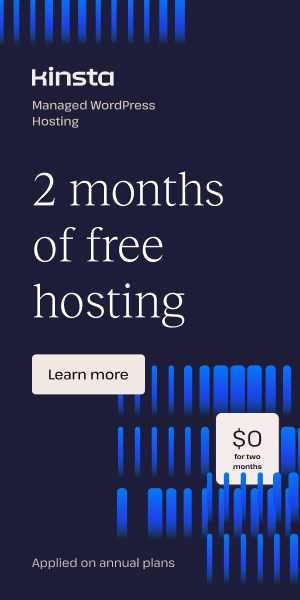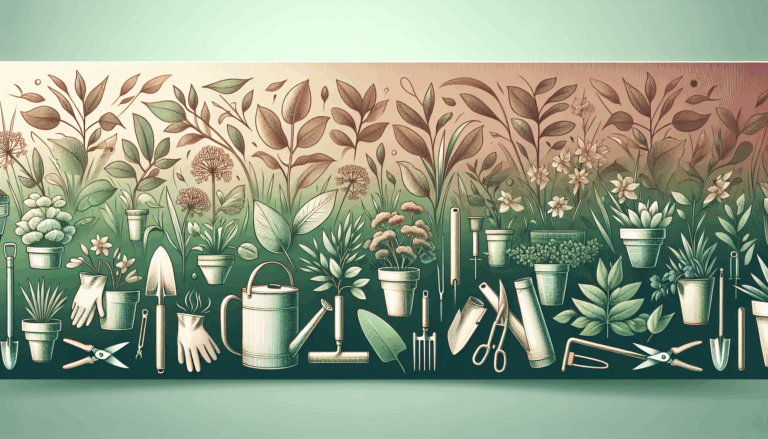How to Use Figma for WordPress Design Collaboration
Streamlining Your Design Process with Collaborative Tools
In today’s digital landscape, the integration of design and development workflows is crucial, especially when building WordPress websites. Teams leveraging Figma, a leading collaborative interface design tool, benefit immensely from its real-time collaboration capabilities that empower designers and developers alike to stay synchronized. When combined with WordPress, this synergy accelerates workflows and elevates design quality to meet client expectations.
Whether you’re kicking off a new site project or refining an existing one, mastering the art of WordPress design collaboration using Figma significantly reduces miscommunication, streamlines feedback, and drives pixel-perfect outcomes.
Understanding the WordPress Team Workflow in Figma to WordPress Projects
Successful collaboration starts with a clearly defined workflow that aligns the creative vision of designers with the technical expertise of developers. Here’s how to optimize that workflow for maximal efficiency:
- Consistent File Organization and Naming: Establishing a uniform naming convention and maintaining a tidy file structure in Figma ensures developers can easily map design elements to WordPress components without guesswork.
- Version Control and Change Tracking: Utilizing Figma’s built-in version history helps teams keep track of design iterations, enabling them to revert changes when necessary and maintain full transparency during development.
- Regular Feedback Loops: Scheduling routine design reviews and development check-ins encourages open communication, allowing teams to swiftly catch and resolve any discrepancies.
- Clear Role Allocation: Defining the responsibilities of designers, developers, project managers, and stakeholders ensures everyone understands their tasks and deadlines to keep projects on track.
Complementary services, such as Kinsta hosting for reliable WordPress environments and design tools like Adobe Creative Cloud, further support smoother workflows.
Utilizing Figma Integration Plugins to Bridge Design and WordPress Development
Plugins are vital assets that enhance the link between Figma files and WordPress sites, making the transition from design to code remarkably seamless. Here are some essential plugins to consider:
- Weavely – Build Forms in Figma: This plugin empowers teams to design sophisticated forms directly in Figma and publish them on WordPress with conditional logic and multipage capabilities. It supports collaborative editing and data export for comprehensive management. Learn more about Weavely.
- Figma to Droip WordPress Plugin: Designed to convert static Figma designs into fully functional WordPress sites, this tool simplifies the developer’s job. Using naming conventions and structured elements, it ensures a smooth import process. Find it on Figma Community.
- LSX Design System: This free Figma library and WordPress theme style guide aid agencies and freelancers in creating consistent WordPress and WooCommerce sites rapidly with pre-built components aligned to WordPress’s block editor. Explore it via LSX Design System.
Best Practices for Figma to WordPress Team Collaboration
To foster effective teamwork and ensure the successful conversion of designs into WordPress sites, follow these tested best practices:
- Begin with a Shared Design System: Use design systems or shared style guides within Figma to establish consistent typography, color palettes, and UI patterns. This reduces redundant QA efforts during development.
- Use Interactive Prototypes for Clarity: Instead of static mocks, create prototypes showcasing user flows and animations that developers can reference, improving understanding of the intended experience.
- Document Design Decisions Thoroughly: Annotate your Figma files with clear notes on spacing, responsiveness, and behavior to eliminate guesswork on how elements should operate.
- Implement Real-Time Collaboration Sessions: Conduct live Figma review meetings involving designers and developers to resolve queries immediately and align expectations.
- Test Across Devices Early: Integrate responsive design early in Figma and verify via WordPress preview environments to catch mobile and desktop issues proactively.
Case Study: Enhancing Efficiency with Figma2WP Service
Many teams across the USA, UK, and Canada have achieved outstanding results by partnering with specialists like the Figma2WP Service. This expert service focuses on converting intricate Figma designs into fully customized WordPress websites while maintaining pixel-perfect accuracy and responsiveness.
One client, a creative agency in London, reported a 40% reduction in design-to-development turnaround time after implementing Figma2WP’s workflow consultation, which included naming conventions and structured feedback processes. Their designers could stay focused on UX/UI refinement while developers confidently built the frontend based on clean code exports.
The service’s expertise extends beyond the USA and UK, supporting Canadian teams as well to seamlessly launch visually stunning, highly functional WordPress websites through tight-knit Figma to WordPress teamwork.
Integrating External Resources to Strengthen Your Workflow
To build a robust design and development ecosystem around your WordPress projects, consider incorporating the following external platforms and tools:
- Canva – Supplement Figma designs with polished marketing graphics for websites and landing pages.
- Elementor – A popular WordPress page builder that can facilitate easier placement of assets designed in Figma when direct coding is not feasible.
- Asana – Project management software to assign tasks and track milestones between design and development teams.
- Sketch – While Figma is primary, occasionally complementary design files and assets from other design tools like Sketch might be integrated within your workflow.
- GitLab – For version control beyond Figma’s design files, useful for managing WordPress theme and plugin source code collaboratively.
Wrapping Up Your Collaborative Design Journey
Mastery of WordPress design collaboration through Figma and effective communication with development teams is a game-changer. By utilizing strategic workflows, embracing Figma’s collaborative features, and leveraging plugins and expert services like Figma2WP Service, you can create websites that are both aesthetically stunning and technically sound.
Embarking on this path not only elevates your project outcomes but also streamlines your team’s efforts, ensuring time and resources are optimized. Whether you’re a seasoned agency, freelancer, or an in-house team, investing in well-structured Figma to WordPress collaboration pays dividends in quality and efficiency.
Ready to transform your WordPress projects with expert Figma design collaboration? Contact Us today to start your seamless design-to-code journey.
More From Our Blog
Unlocking the Power of Hands-On Web Design with Modern Tools In today’s digital age, the ability to craft your own website has transformed from a daunting technical challenge into an engaging creative process accessible to enthusiasts, DIYers, and professionals alike. Services like Figma2WP Service empower you to convert your design concepts into fully functional WordPress Read more…
Elevate Your Outdoor Presence with Cutting-Edge Garden Themes for WordPress Creating a captivating online presence for gardening businesses or outdoor-focused sites demands a skilled blend of aesthetics, functionality, and thematic relevance. This is where garden themes for WordPress shine—offering visually rich, user-friendly templates tailored to beautifully showcase plants, gardening products, and outdoor lifestyles. With the Read more…


